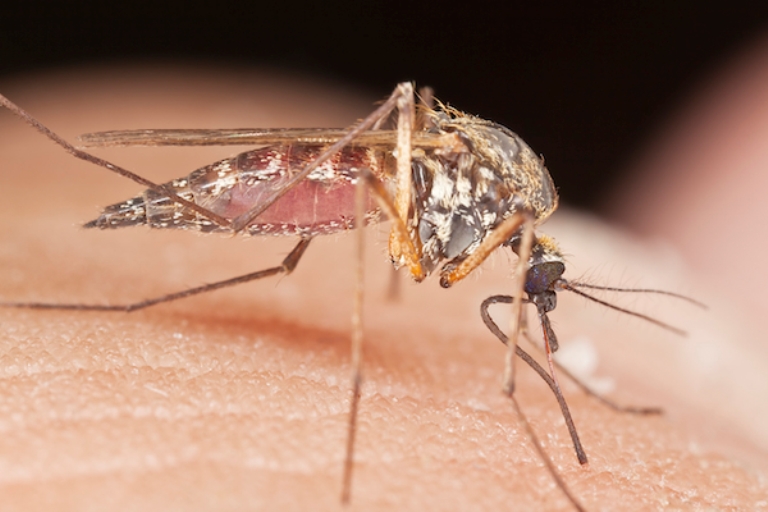Evolutionary study aids battle against parasitic diseases

A University of Stirling study has shed new light on the way parasite lifecycles have evolved and may help scientists develop more effective plans for managing the many diseases they cause.
Parasites vary in the number of stages they take to complete their lifecycles. Some parasites, known as simple lifecycle parasites (SLPs), complete their lifecycle in a single host. Others, including the Malaria parasite, the Lyme disease bacterium and some types of worm, require multiple host species– in some cases as many as four successive hosts – to complete their lifecycle. These are known as complex lifecycle parasites (CLPs).
Getting from one host to another is risky for the parasite and failure at any point often means death, yet surprisingly, CLPs are able to survive and thrive.
The Stirling team’s research sought to answer why this is the case – in particular by looking at the “transmission” mechanisms CLPs have evolved to enable them to infect different types of host.
Some of these mechanisms are extraordinary, including the famous example of the Toxoplasma gondii parasite. First deposited in cat faeces, Toxoplasma moves into a rat for the next stage of its lifecycle. It grows well inside the rat but, in order to complete its lifecycle and reproduce, it needs to get back into a cat host. To facilitate this transmission, Toxoplasma has evolved the ability to cause the rat to become sexually attracted to cats. In this way, the rat is caught and eaten by a cat very easily and the parasite successfully moves onto its final host.
Whilst previous research projects have studied individual parasites, the Stirling research, published today (17 September) in the journal Heredity, examines a range of CLPs simultaneously – from single-celled bacteria to multicellular worms – in order to establish the characteristics they have in common and the environments in which they flourish.
Dr Stuart Auld, lead author of the research and NERC Research Fellow in Stirling’s School of Natural Sciences said: “Many diseases are caused by CLPs so it’s vital we establish which environmental conditions have favoured the evolution and maintenance of complex lifecycles over simple lifecycles.”
The researchers suggest that one feature that puts CLPs at an advantage over SLPs, is the reduction of evolutionary “trade-offs” in CLPs.
Dr Auld explained: “Some SLPs may evolve to grow really well, however, the compromise for good growth is often poor reproduction, because environments that are optimal for growth may be sub-optimal for reproduction.
“By having multiple hosts, CLPs may reduce this kind of trade-off. The CLP enters its first host where it grows well, but it doesn’t need to have sex until it reaches its final host where the conditions for reproduction are much more favourable. It literally gets to have its cake and eat it - and this could explain why CLPs thrive.”
Dr Auld added: “Our research suggests that recently-evolved CLPs may use the same mechanisms to infect different host types and older CLPs will have had time to evolve specialist mechanisms for each of their successive hosts. In other words, CLPs may start as a jack of all trades before evolving to master each host. However, further research is required to thoroughly test this idea.
“By examining exactly how CLPs evolve and persist, this research provides important information that will inform the development of effective strategies for tackling debilitating diseases like Malaria, Lyme disease and Toxoplasmosis.”
Notes for editors
- Background information
The paper is available on the Nature website
